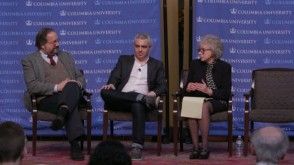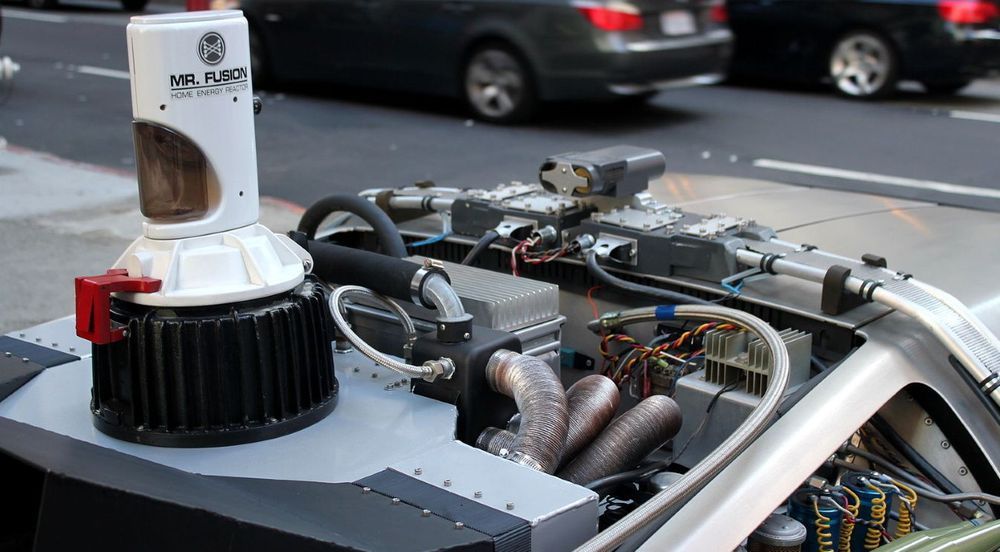The Burzynski Patient Group mission is to raise public awareness of Dr. Stanislaw Burzynski’s breakthrough treatment for cancer using Antineoplastons and gene-targeted therapy.
Category: innovation – Page 191

EpiBone, Inc. Receives FDA Clearance to Commence its First-In-Human, Phase 1/2 Trial of its Bone Product, EB-CMF
Potential breakthrough technology for stem-cell based bone replacement
NEW YORK, May 22, 2019 /PRNewswire/ — EpiBone, Inc. today announced that the U.S. Food and Drug Administration (FDA) has granted its Investigational New Drug (IND) clearance to proceed with a Phase 1/2 clinical trial of its lead bone product EpiBone-Craniomaxillofacial (EB-CMF), as a potential treatment for ramus continuity defects in the mandible. The ramus is a key component of the jaw bone which attaches to the muscles associated with chewing.
EB-CMF is a living anatomically correct bone graft manufactured from a patient’s own adipose derived stem cells. This eliminates the need to harvest bone from a patient’s body, potentially reducing pain, surgical and hospitalization time while creating a precision fit with the defect.
The Fork in the Road for the Future of Humanity
On 25 September 2019, Steve Fuller gave a Codex Talk at the Royal Society of London, commemorating the ‘world’s top 50 innovators’ on the 500th anniversary of the death of Leonardo da Vinci. Da Vinci authored the ‘Codex’ in question, which is a notebook of his thoughts, including a drawing of ‘Vitruvian Man’, which begins Fuller’s talk.
The ‘fork in the road for the future of humanity’ refers to transhumanism and posthumanism, which Fuller treats as projecting radically alternative visions for the human condition.
You can watch the sixteen-minute video on YouTube:



The Biggest Quantum Breakthrough Yet—Literally
For the first time ever, physicists tested the phenomenon of quantum superposition using molecules. That’s a big deal.

Would a robot pet enhance your life?
We all know that dogs are a man’s best friend, but has the world really come to this?
On a particularly blustery day in New York City, I found myself (as one with the income bracket of a writer sporadically does) on the Upper East Side, amidst tribes of cooler-than-thou high school students, dedicated dog walkers and women wearing hats that looked like a Shar-Pei had potentially suffered in the making of it.
Nonetheless, I braved the chilly air and found solace in the Cooper Hewitt Museum, the design institution that is part of the Smithsonian. Upon entering, visitors are greeted with a magic wand-looking pen tool, that serves as an interactive notekeeper for items you are interested in. “How innovative.” Perfect for a museum about innovation, am I right? With my magic wand in hand, I entered the Narnia of objects, with the first stop being an exhibition titled “Access and Ability.” Featuring “artifacts” designed for people with disabilities, I was surprised to find among the various innovations, a very cute-looking puppy that I instinctively wanted to pet. But I did not, for fear of being arrested, a la Ocean’s 12.

Arts at CERN announces two open calls and the arrival of residency winners
Geneva. Arts at CERN announces two open calls for art residencies – Collide Geneva/Dance and Accelerate Finland – and the arrival of the winners of Collide International, Rosa Menkman, and Collide Pro Helvetia, Christina Hemauer and Roman Keller. The art residency programmes are based on the particle physics laboratory’s cultural strategy, which aims to foster networks between local and international organisations through platforms that engage art and science.
“Arts at CERN plays an important role in augmenting the interest seen in the interaction of the arts and sciences in recent years. By inviting artists and scientists to have a dialogue in the Laboratory, the programme shows how the two fields impact one another. I am proud to announce new opportunities for participation, and to welcome artists-in-residence this autumn,” says Mónica Bello, head of Arts at CERN.
For the sixth Collide Geneva residency, Arts at CERN, the Republic and Canton of Geneva and the City of Geneva have joined forces. The three-month fully funded residency award will be granted to a Geneva-based artist or artist collective working in the field of dance. The winner will have the opportunity to carry out their research at CERN and work together with particle physicists, engineers and IT professionals. Collide Geneva/Dance encourages applications from dance artists inspired by scientific ideas or technological concepts, with innovative approaches in their artistic expression.
